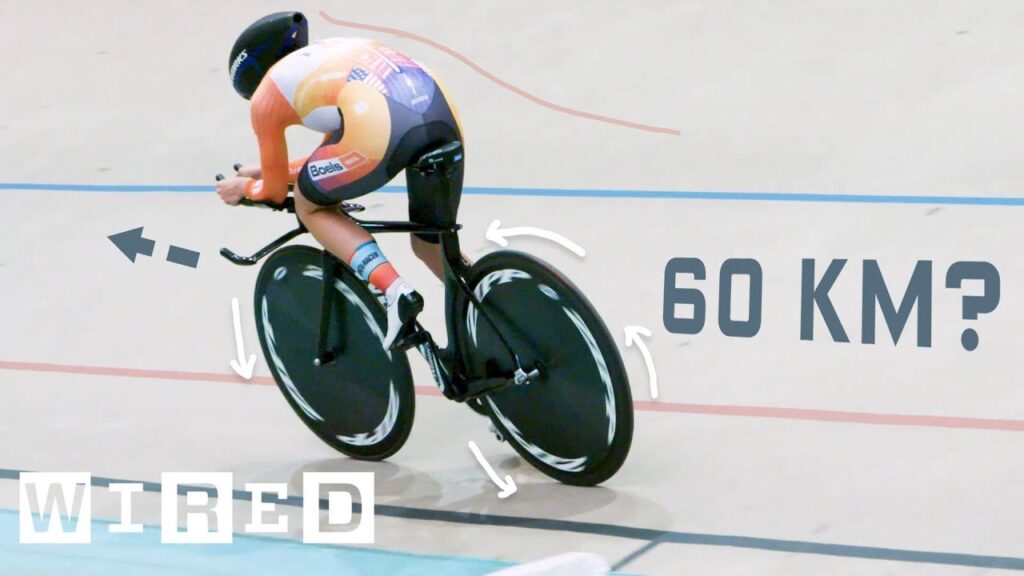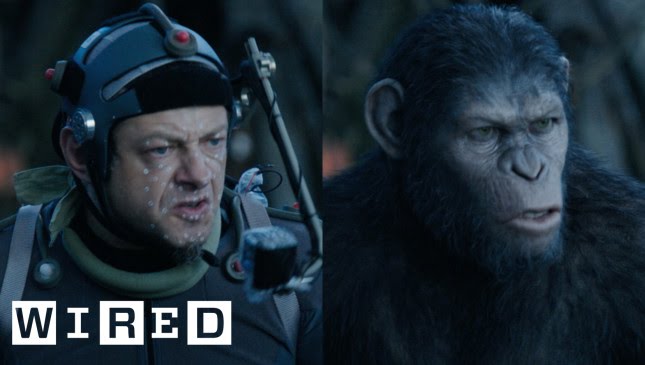The Power of Illusions: How Our Brain Can Be Fooled
Summary
In this article, we explore the fascinating world of visual illusions and how they can trick our brains into perceiving things that aren’t entirely accurate. We discuss two illusions – one involving a strobe light and water droplets, and the other involving the perception of moving objects under constant sunlight. We also delve into a test that reveals how the brain processes leftward and rightward motion, and how this can result in conflicting perceptions.
Table of Contents
- The Strobe Light Illusion
- The Constant Sunlight Illusion
- The Drum Test
- Conclusion
The Strobe Light Illusion
The speaker explains how a strobe light can create an illusion of a droplet of water appearing to move upwards or backwards by catching the droplets at different positions and changing the rate of the strobe light. This illusion can be seen with the naked eye without the need for a camera.
The Constant Sunlight Illusion
The speaker also describes another illusion where the direction of moving objects appears to reverse under constant sunlight. The audience is encouraged to try this illusion by staring at a fixed point and not tracking the moving dots. The speaker explains that this illusion is not caused by the brain processing visual information in discrete frames like a camera, but rather by a different mechanism.
The Drum Test
The speaker devised a test to determine whether the brain takes discrete snapshots of the visual scene. In this transcript, a person is asked to observe two rotating drums in a mirror and determine if they both reverse direction at the same time or if they alternate. The explanation for why this occurs is due to the brain’s mechanisms for detecting leftward and rightward motion, which can sometimes conflict with each other. This conflict results in the brain switching between the two perceptions, causing the drums to appear to alternate in direction. This phenomenon is similar to other visual illusions, such as the Necker cube, and can reveal interesting insights into the way the brain processes information.
Conclusion
In conclusion, these illusions demonstrate that the brain constructs a story of the outside world based on limited signals, and can sometimes be fooled into perceiving things that aren’t entirely accurate. By understanding how these illusions work, we can gain insight into the complex processes that underlie our perception of the world around us.






